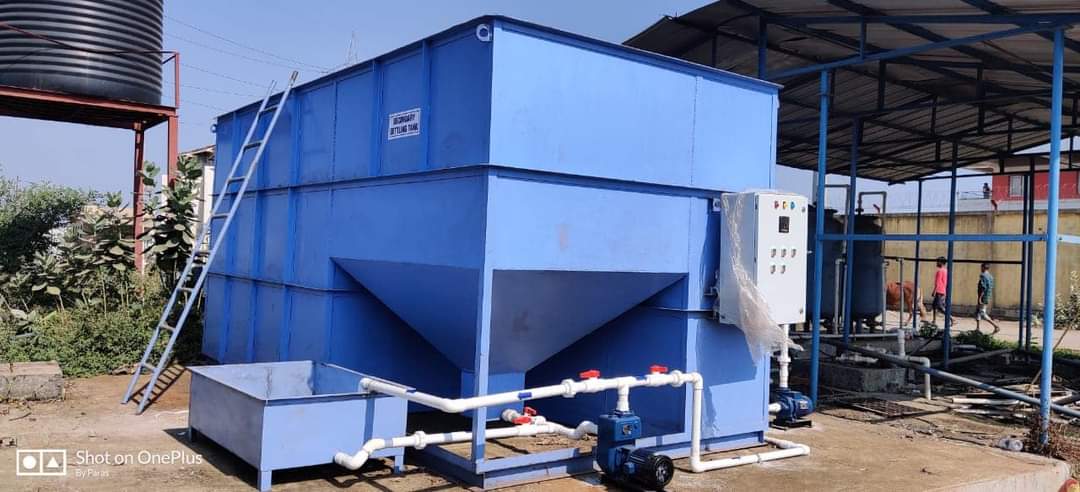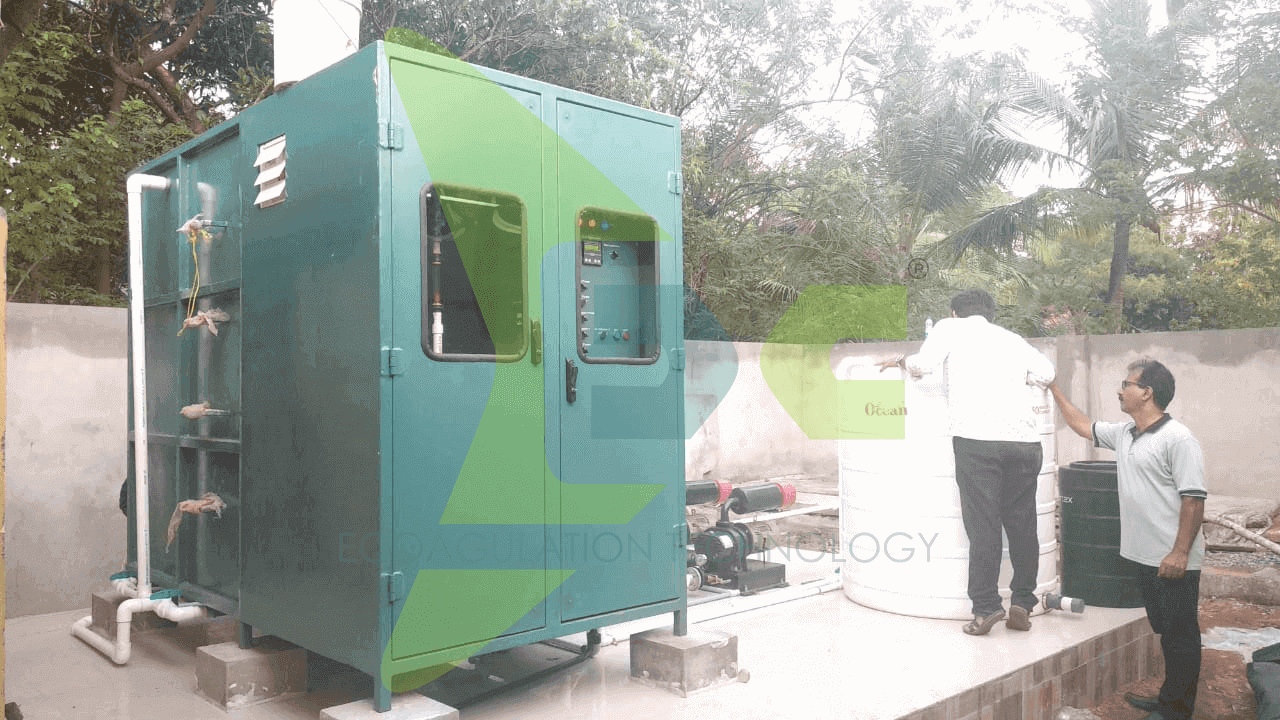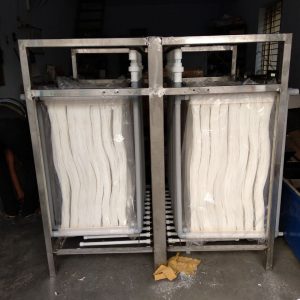Sequencing Batch Reactors (SBR)
An SBR serves as an equalization basin when the vessel is filling with wastewater, enabling the system to tolerate peak flows or peak loads in the influent and to equalize them in the batch reactor. In many conventional activated sludge systems, separate equalization is needed to protects the biological system from peak flows, which may wash out the biomass, or peak loads, which may upset the treatment process.
Description
The sequencing batch reactor (SBR) is a fill-anddraw activated sludge system for wastewater treatment. In this system, wastewater is added to a single “batch” reactor, treated to remove undesirable components, and then discharged. Equalization, aeration, and clarification can all be achieved using a single batch reactor. To optimize the performance of the system, two or more batch reactors are used in a predetermined sequence of operations. SBR systems have been successfully used to treat both municipal and industrial wastewater. They are uniquely suited for
wastewater treatment applications characterized by low or intermittent flow conditions.
Fill-and-draw batch processes similar to the SBR are not a recent development as commonly thought. Between 1914 and 1920, several full-scale fill-anddraw systems were in operation. Interest in SBRs was revived in the late 1950s and early 1960s, with the development of new equipment and technology. Improvements in aeration devices and controls have allowed SBRs to successfully compete with conventional activated sludge systems.









